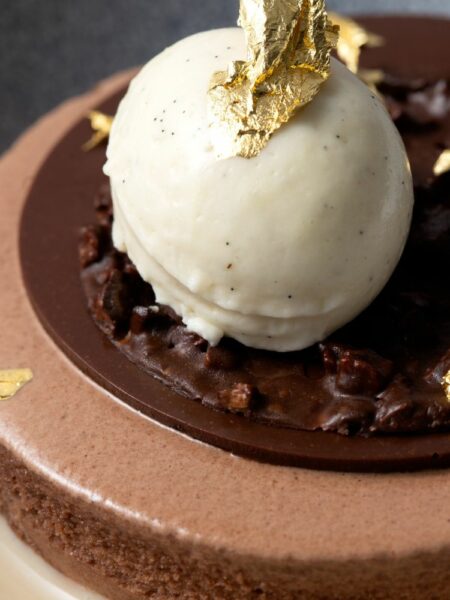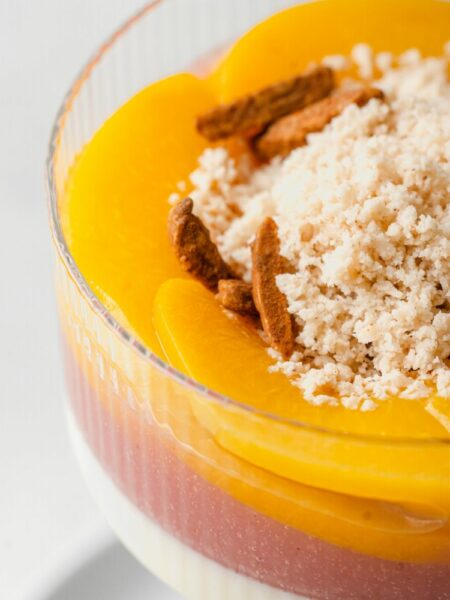- How can I store chocolate to keep it fresh?
Store chocolate in a cool, dry place away from direct sunlight and strong odors. Seal it in an airtight container or wrap it in foil to prevent moisture and odors from affecting the taste.
Temperature: 15-20°C
Humidity: < 60% - What is cocoa percentage, and how does it affect the taste of chocolate?
Cocoa percentage indicates the amount of cocoa solids and cocoa butter in chocolate. Higher percentages generally result in a more intense and less sweet flavor.
- What is the ideal temperature for tempering chocolate?
The ideal temperature for tempering our Schokinag chocolate depends on the type of chocolate.
For dark chocolate, tempering typically involves heating it to around 45-50°C, then cooling it to 26-28°C, and finally reheating it to 31-32°C.
For milk chocolate, tempering typically involves heating it to around 45-50°C, then cooling it to 26-27°C, and finally reheating it to 29-30°C.
For white chocolate, tempering typically involves heating it to around 45-50°C, then cooling it to 25-27°C, and finally reheating it to 29-30°C. - What is the role of lecithin in chocolate production?
Lecithin is an emulsifier commonly added to chocolate. It helps blend the ingredients more smoothly, resulting in a smoother texture and preventing cocoa butter from separating.
- Can you explain the concept of "bloom" in chocolate?
Chocolate bloom refers to two common issues: sugar bloom and fat bloom. Sugar bloom occurs when moisture from the air dissolves sugar on the chocolate’s surface, creating a white, powdery appearance. Fat bloom happens when cocoa butter migrates to the surface due to temperature fluctuations, resulting in a dull, grayish film. While bloom doesn’t affect the safety of chocolate, it can impact its appearance and texture.
- Can you explain the concept of single-origin chocolate?
Single-origin chocolate is made using cocoa beans from a specific region or even a single plantation. This chocolate showcases the unique flavor profile and terroir of those beans, offering chocolate enthusiasts a taste of a particular origin’s characteristics.
- What is the difference between alkalized and natural cocoa powder?
In summary, the main differences between alkalized and natural cocoa powder are their acidity levels, flavor profiles, appearance, and culinary uses. Depending on the recipe and desired outcome, one may be preferred over the other.
At our Cocoa Center, we’re more than just suppliers of raw materials; we’re your partners in innovation. Our dedicated team specializes in Research and Development (R&D), providing cutting-edge solutions to propel your chocolate and confectionery creations to new heights. Whether you’re launching a new product, refining an existing recipe, or seeking innovative ways to enhance taste and texture, our experts are here to collaborate with you.
We offer consultancy services for your projects, helping you navigate the complexities of the confectionery industry. From feasibility studies to project design and implementation, our seasoned professionals provide valuable insights to ensure your success.
Moreover, our Cocoa Center is your go-to source for recipes that elevate your culinary ventures. We’re passionate about crafting delightful confections, and we’re eager to share our expertise with you. Discover the perfect blend of ingredients, learn their optimal usage, and achieve the quality and flavor your customers crave.
We believe in fostering strong partnerships with our clients, working hand in hand to achieve excellence. Together, we’ll unlock the full potential of your chocolate and confectionery creations.


